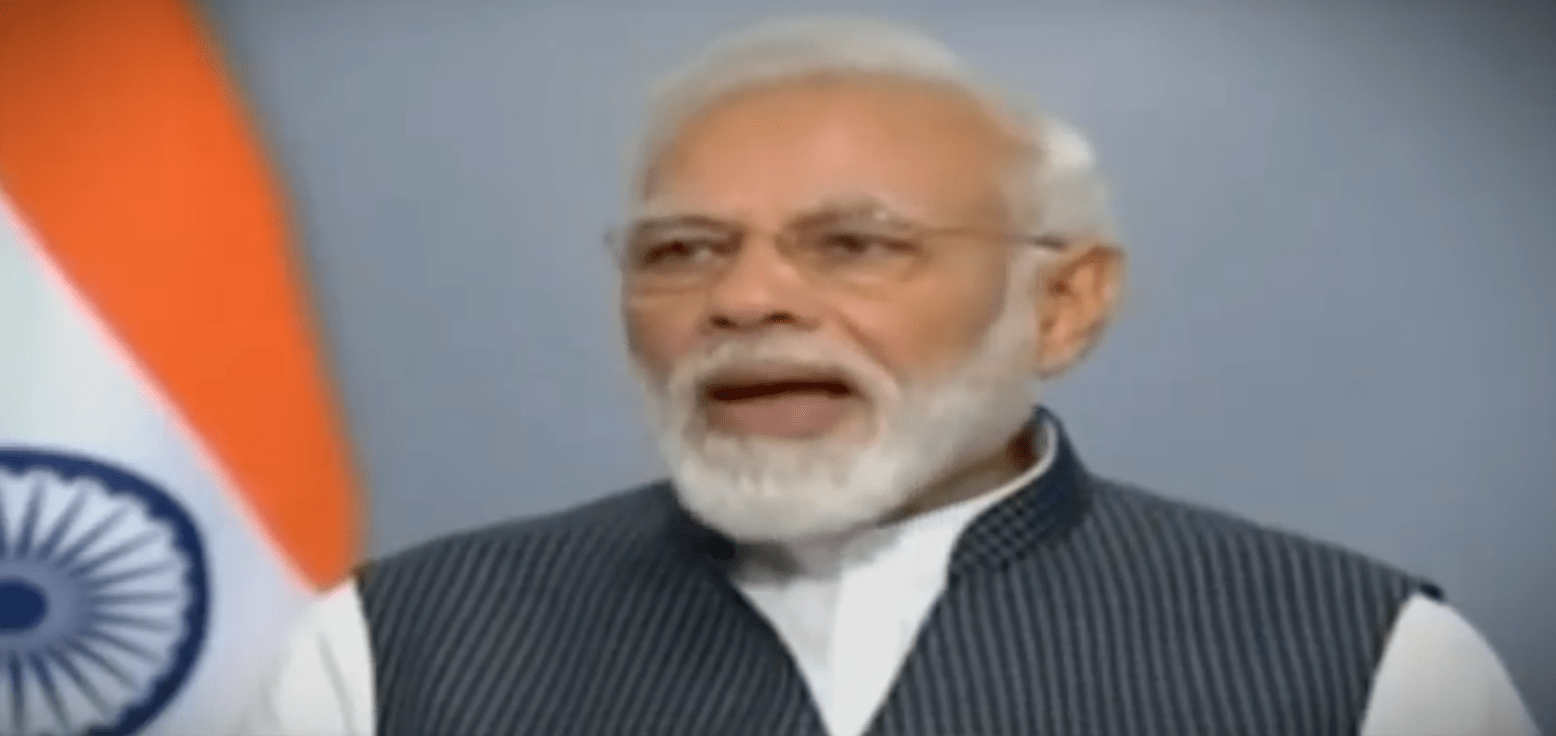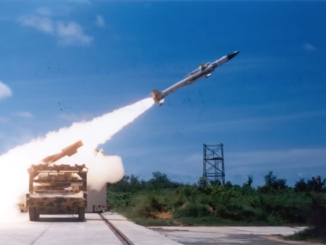 A few months ago, Vipin Narang and Christopher Clary, two well-known political scientists, published an article in which they claimed that India is slowly moving towards a counter force strategy against Pakistan; that it may carry out a preemptive strike to completely destroy the latter’s strategic weapons. Their argument was supported by the fact that India is slowly building its military capabilities to enable it to take quick and precise action. (Narang, 2018-2019) Indian offensive military capabilities are supported by a ballistic missile defense system. Not only does the system use indigenously built technologies, but India has also signed a deal worth $5 billion to buy the Russian made S400 missile defense system. The latter is among the most sophisticated missile defense systems of the world and can provide India with a false sense of security. (Pandey, 2018)
A few months ago, Vipin Narang and Christopher Clary, two well-known political scientists, published an article in which they claimed that India is slowly moving towards a counter force strategy against Pakistan; that it may carry out a preemptive strike to completely destroy the latter’s strategic weapons. Their argument was supported by the fact that India is slowly building its military capabilities to enable it to take quick and precise action. (Narang, 2018-2019) Indian offensive military capabilities are supported by a ballistic missile defense system. Not only does the system use indigenously built technologies, but India has also signed a deal worth $5 billion to buy the Russian made S400 missile defense system. The latter is among the most sophisticated missile defense systems of the world and can provide India with a false sense of security. (Pandey, 2018)
Historically India has adopted a policy of no first use and credible minimum deterrence. However it reserved the right of retaliatory nuclear strikes even if attacked by chemical or biological weapons. The objective of a no first use policy was to show to the world that India is a responsible nuclear weapons state. (Sultan, 2018) Yet it has invested a lot of resource and energy fighting a limited war with Pakistan. By employing the Cold Start doctrine (a limited war strategy) and a massive increase in its military budget and war fighting capabilities, a limited conflict was on cards. But this was soon deterred by Pakistan’s tactical nuclear weapons. A policy of full spectrum deterrence was employed in which Pakistan threatened to use nuclear weapons if it faced an existential threat from Indian conventional military might. (Khan)
But when the BJP government came into power in 2014, they were not willing to be deterred by Pakistan’s nuclear weapons. An intense debate began in India to change its no first use policy. Many in both military and government circles supported the idea of a preemptive first strike to disarm Pakistan, allowing India to be free of any threat from Pakistan’s nuclear weapons (Sameer Ali, 2018), and giving it an opportunity to punish the latter at will. Indian policy makers believe that Pakistan is using nuclear weapons as a deterrent force while at the same time supporting a sub conventional conflict in Indian Occupied Kashmir. As a former strategic force commander B.S. Nagal supported the idea of a preemptive strike in one of his articles, because, he stated, the Indian policy of No First Use provided Pakistan leverage to play aggressively on the sub conventional level (Nagal, n.d.).
However, practical implementation of this strategy is not an easy task. India needs modern sophisticated systems to simultaneously attack all strategic weapons of Pakistan. It involves a lot of risk; in addition, the credibility of the ballistic missile defense system has not been tested so far. If Pakistan is able to safeguard some of its weapon, it may strike back within Indian Territory.
On the other hand only the rhetoric of counterforce strike will prove disastrous for the region. Since the inception of nuclear weapons in South Asia, the idea of deterrence provided strategic stability in the region. Both countries refrained from fighting a major war though there were some small scale conflicts. The preemptive strike debate will void this strategic stability. As Thomas C. Schelling wrote in his book ‘The Strategy of Conflict’, deterrence will remain credible until the adversary is sure that refraining from a preemptive strike will be more beneficial; if a country is threatened with being disarmed by the first strike it will consider its own option of first strike rather than losing all its strategic weapons.” (shelling, 1960) A crisis like the Pulwama incident of February can escalate into a nuclear war, because neither country is aware of the other’s intentions. This Indian rhetoric of counterforce can persuade Pakistan to go for a first strike rather than losing all it strategic weapons in case of crises. Moreover it will also start an unending nuclear arms race because both countries will try to maintain credible minimum deterrence. They cannot explicitly explain what minimum numbers of nuclear weapons will be enough to prove their credibility. This will also add more hurdles in concluding the FMCT because Pakistan has already pointed out that there is huge disparity between the fissile material of India and Pakistan. Signing this treaty will push Pakistan into a strategic disadvantage. (Muhammad Jawad Hashmir, 2015) With the threat of preemptive strikes from the Indian side, even the very little hope of concluding the FMCT will be disappear. Last but not least, it will create the threat of nuclear war in South Asia which will endanger peace and stability for not only for South Asia but also around the globe.
Muhammad Rizwan is research scholar of MS International Relations at COMSATS University Islamabad.
Khan, M. (n.d.). Understanding Pakistan’s full spectrum Deterrence. Journal of stratgic affairs, 110-115.
Muhammad Jawad Hashmir, M. M. (2015). Non-Proliferation Regime: A Pakistani Perspective on Fissile Material Cut-Off Treaty (FMCT). Pakistan Jouranl of social sciences, 549-552.
Nagal, B. (n.d.). Guest Column | Nuclear No First Use Policy. Retrieved from FORCE: http://forceindia.net/guest-column/guest-column-b-s-nagal/nuclear-no-first-use-policy/
Narang, C. C. (2018-2019). India’s Counterforce Temptations Strategic Dilemmas, Doctrine, and Capabilities. International Security, 1-4.
Pandey, V. (2018, October 05). S-400: India missile defence purchase in US-Russia crosshairs. Retrieved from BBC NEWS: https://www.bbc.com/news/world-asia-india-45757556
Sameer Ali, T. K. (2018). Debating Potential Doctrinal Changes in India’s Nuclear Ambitions. Islamabad policy Research Institute, 54-58.
shelling, T. c. (1960). The startegy of conflict. Cambridge: harvard.
Sultan, D. A. (2018). India’s Nuclear Doctrine: A Case of Strategic Dissonance or Deliberate Ambiguity . Islamabad Policy Researc Institute, 28-33.
![]()




Be the first to comment